calsfoundation@cals.org
Mountain View (Stone County)
County Seat
| Latitude and Longitude: | 35º52’06″N 092º07’03″W |
| Elevation: | 768 feet |
| Area: | 7.30 square miles (2020 Census) |
| Population: | 2,877 (2020 Census) |
| Incorporated: | August 14, 1890 |
Historical Population as per the U.S. Census:
|
1810 |
1820 |
1830 |
1840 |
1850 |
1860 |
1870 |
1880 |
1890 |
1900 |
|
– |
– |
– |
– |
– |
– |
– |
– |
– |
226 |
|
1910 |
1920 |
1930 |
1940 |
1950 |
1960 |
1970 |
1980 |
1990 |
2000 |
|
272 |
342 |
458 |
745 |
1,043 |
983 |
1,866 |
2,147 |
2,439 |
2,876 |
|
2010 |
2020 |
|
|
|
|
|
|
|
|
|
2,748 |
2,877 |
|
|
|
|
|
|
|
Situated in the Ozark Mountains of north-central Arkansas, Mountain View is an isolated community that has long been known for its preservation of traditional folk music and culture. The Mountain View area attracts thousands of visitors each year, with features including the Ozark Folk Center, Blanchard Springs Caverns, the White River, and the Ozark National Forest, as well as the unique musical gatherings on the courthouse square.
The Gilded Age through the Early Twentieth Century
Until the Civil War, the area now known as Stone County was part of Izard County; no city of Mountain View existed and very few settlers resided on its soil. However, when Stone County was formed in 1873, a site at the center of the county was chosen to be the seat of government. After some disagreement on what to name the new county seat, a group of citizens held a drawing. Though sources conflict about who submitted the name “Mountain View,” Elijah Chappell is thought to have been present at the drawing, as well as early settlers Jacob King and Calvin McMurtry. Before Stone County was formed, the largest townships at the time were Riggsville and Sylamore. After a small log building was constructed as the new county courthouse, businesses began to grow around the new county seat. In 1890, Mountain View finally became an incorporated town.
William H. Rosa was the first mayor to serve the city of Mountain View, which has grown from a population of 270 in 1891 to 2,748 in 2010. The city has had three courthouses: the original log structure, a two-story frame courthouse built at the present site in 1888, and the current stone building that was constructed in 1923.
The town of Mountain View grew during the early years of the twentieth century, and the Stone County Academy, erected in 1895, attracted up to 200 students from the area during the 1911–12 school year. In late 1933, Mountain View entered negotiations to install a water and sewer system, including a water tower and well house; by mid-1937 the Mountain View Waterworks was completed, and it has continued to serve the community ever since. The community experienced steady growth throughout the next several decades, as well as the usual losses during World War I and World War II, which took many of the isolated community’s young people away from home for the first time. Before and after World War II, many citizens of Mountain View were affected by the downtown fires that struck in 1936 and 1946. Both fires damaged the businesses that operated in the original stone structures. Today, the stone buildings stand rebuilt, housing antique shops, the local newspaper offices, and restaurants. A devastating tornado hit the town in February 2008.
World War II through the Modern Era
Agriculture—mainly beef cattle and poultry—and timber have always been important industries for the Mountain View area, but the community struggled to attract industry because of its inaccessibility. The roads leading out of Mountain View—with the exception of Highway 14 toward Batesville (Independence County)—were not paved until the late 1960s and 1970s, and local residents feared that the community would decline if it did not find a way to attract visitors.
In the 1960s, a group of local people saw the need to create a unique attraction in Mountain View that would help keep the small community alive. Many residents at that time enjoyed playing and singing traditional “mountain music,” and informal gatherings were common. To capitalize on the rich folk music and craft traditions, Mountain View hosted the first annual Arkansas Folk Festival in 1963. In the first year, the April event brought more than 2,500 visitors to Mountain View, which had a population of less than 1,000 at that time. The festival was a revival of the original 1941 folk music festival, the Stone County Folkways Festival.
A group called the Rackensack Society, formed by musician Jimmy Driftwood and other musical citizens, began gathering weekly in the courtroom of the courthouse. In the 1970s, the Ozark Folk Center State Park was constructed in Mountain View. The idea for the state park came after the success of the folk festival. The city did not have the funds for a water and sewer system, and it was suggested that the city apply for federal money to build a music auditorium. By 1973, the Ozark Folk Center State Park opened, and Mountain View was able to use the park’s water and sewer system. In the 1980s, a second festival, the Bean Fest—with its unusual event, the Great Arkansas Outhouse Race—was added in October. Today, the Mountain View area attracts thousands of tourists every year.
Education and Industry
Mountain View is home to a branch of Ozarka College, a two-year institution. The Mountain View School District encompasses all of Stone County and includes Mountain View School, Timbo School, and Rural Special School at Fox. Government—including city and county offices and the public schools—is the largest employer in Mountain View, though timber and agriculture are still important industries in the area. Mountain View’s largest industrial employer is Conestoga Wood Specialties, and the town is also home to the headquarters and manufacturing plant of Stone County Ironworks, a decorative iron producer.
Attractions
Tourism remains one of the area’s most important resources and a great source of revenue for the community. Stone County generated more than $64 million in total travel-related expenditures in 2010, with a travel-generated payroll of more than $12 million for 742 jobs. An estimated 286,828 visitors came to Stone County during 2010.
The Mountain View area offers many attractions, including the Ozark Folk Center State Park. The park features a craft area with demonstrations of traditional Ozark crafts, a 1,000-seat music theater, and the Ozark Cultural Resource Center dedicated to preservation of Ozark music and culture. Blanchard Springs Caverns is also located just outside Mountain View, and the town is home to several musical theaters. The beautiful scenery is an attraction, and hiking and bike trails, as well as scenic roadways, run throughout the Ozark National Forest. Mountain View’s city park has a stone amphitheater and walking trails connecting it with the Ozark Folk Center. The White River, which is known for its trout fishing, also draws many visitors. Mountain View’s thriving downtown area is known for its informal musical gatherings, or “pickings,” that take place on the lawn around the county courthouse.
Famous Residents
Prominent local figures have included several folk musicians, including Jimmy Driftwood (Jim Morris), who wrote songs such as “Battle of New Orleans” and “Tennessee Stud,” and Grandpa Jones, who was a regular on Hee Haw and the Grand Ole Opry. Film and TV actor Dick Powell’s childhood home was located on Main Street until 2018, when it was demolished.
For additional information:
Coombs, Samm Wooley. A Pickin’ and a Grinnin’ on the Courthouse Square: An Ozark Family Album. Mountain View, AR: Decisive Moments Press, 1990.
Heritage of Stone. Mountain View, AR: Stone County Historical Society (1972–).
Home for the 100th: A Pictorial History of Mountain View, Arkansas, 1890–1990. Marceline, MO: Heritage House Publishing, 1990.
“Meet Me Downtown: Hartford, Conn.; Chicago, Lexington, Ky.; Seattle, Peoria, Ariz.; Mountain View, Ark.; Salt Lake City; Nampa, Idaho; Washington, D.C.; Austin, Texas.” https://www.nytimes.com/interactive/2022/10/26/us/us-cities-downtown-chicago-seattle.html (accessed October 31, 2022).
Rubin, Richard. “The Town with a Song in Its Heart.” New York Times, September 26, 2023. https://www.nytimes.com/2023/09/25/travel/mountain-view-ozarks-arkansas-music.html (accessed September 27, 2023).
Your Place in the Mountains: Mountain View, Arkansas. http://www.yourplaceinthemountains.com (accessed September 21, 2022).
Edie Nicholson
Mountain View, Arkansas
Staff of the CALS Encyclopedia of Arkansas
 Arkansas Folk Festival
Arkansas Folk Festival  Arkansas Folk Festival
Arkansas Folk Festival  Bean Fest
Bean Fest  BeanFest
BeanFest  Jimmy Driftwood
Jimmy Driftwood 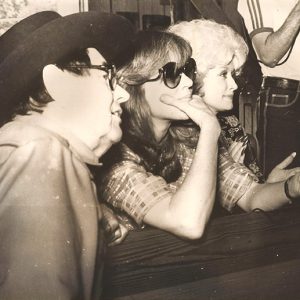 Jimmy Driftwood and Friends
Jimmy Driftwood and Friends  Connie Franklin Trial
Connie Franklin Trial  Grandpa Jones
Grandpa Jones 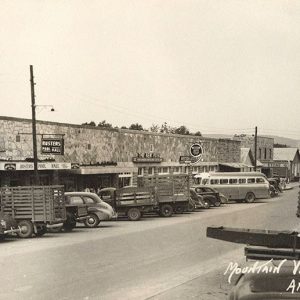 Mountain View Street Scene
Mountain View Street Scene 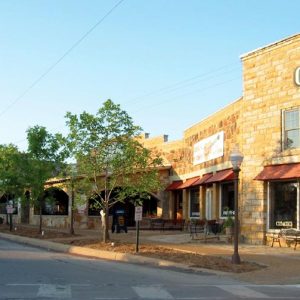 Mountain View Town Square
Mountain View Town Square  Mountain View Waterworks
Mountain View Waterworks 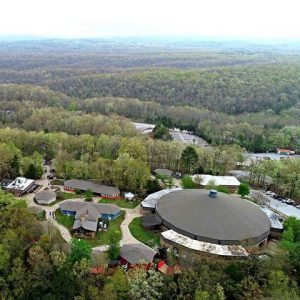 Ozark Folk Center
Ozark Folk Center 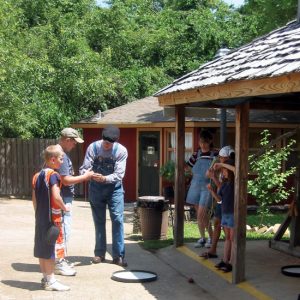 Ozark Folk Center
Ozark Folk Center  Ozark Folk Center Blacksmith
Ozark Folk Center Blacksmith 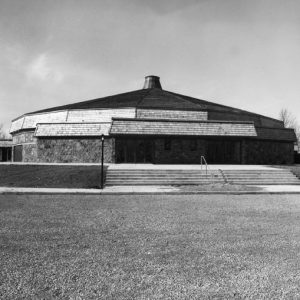 Ozark Folk Center State Park
Ozark Folk Center State Park  Ozarka College
Ozarka College  Dick Powell
Dick Powell 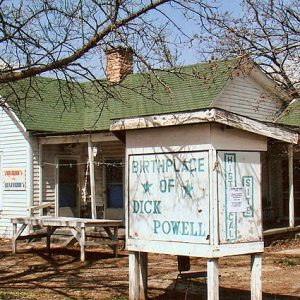 Dick Powell Home
Dick Powell Home  Almeda Riddle
Almeda Riddle 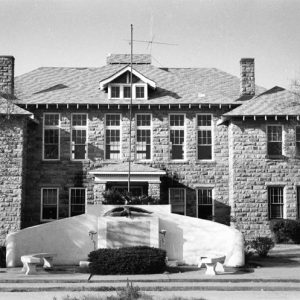 Stone County Courthouse
Stone County Courthouse 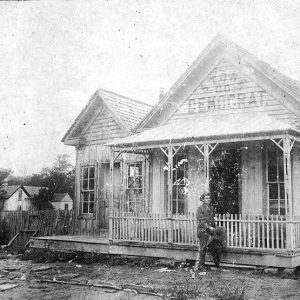 Stone County Democrat Office
Stone County Democrat Office 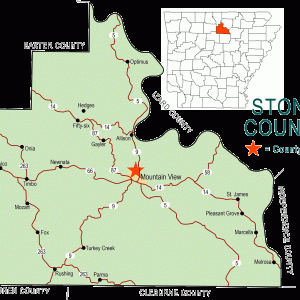 Stone County Map
Stone County Map 




Comments
No comments on this entry yet.